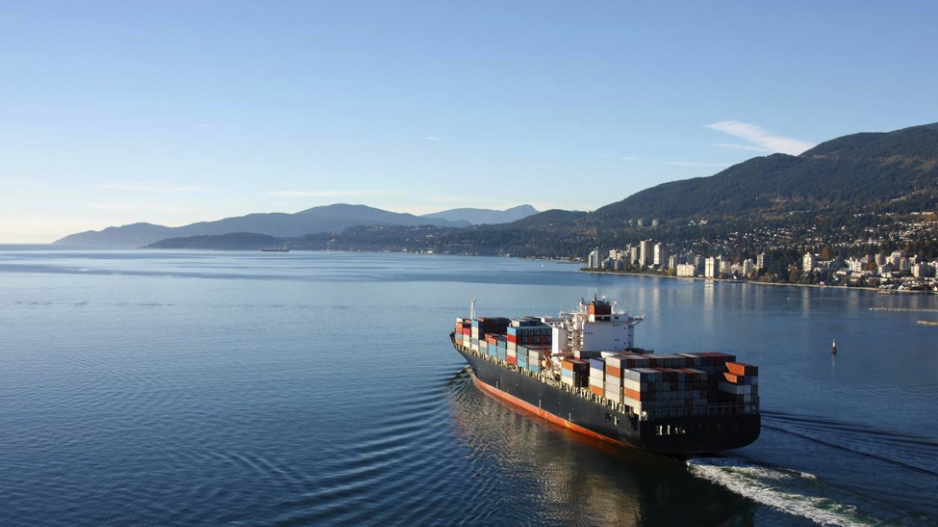Canada’s energy future is top of mind for many these days as we watch Europe search for solutions to the energy crisis caused by Russia’s invasion of Ukraine.
Late last year, Canada’s Minister of Natural Resources addressed the issue at a meeting of the Canadian Club in Toronto. Jonathan Wilkinson said there is no question climate change is real, but the path forward will require compromise. He asserted that cleaner fossil fuels like liquified natural gas (LNG) have a place on the path forward.
The need to decrease the rate at which greenhouse gasses (GHGs) are accumulating in the atmosphere is a global issue, and one which Canada is well positioned to address. FortisBC and its affiliates are proposing a marine jetty at the Tilbury facility in Delta, B.C., as one way to meet the energy needs of the shipping industry and reduce global GHG emissions in countries transitioning from marine diesel and other carbon-intensive sources of energy.
The Tilbury Marine Jetty Project would also unlock the ability to provide LNG as a marine fuel to support the transition for shipping, one of the most difficult industries to decarbonize.
LNG produced at FortisBC’s Tilbury facility is some of the cleanest in the world. Tilbury LNG is up to 27 per cent lower in GHG emissions than conventional marine fuel. LNG from Tilbury also has a carbon intensity that is about 30 per cent lower than global average. The facility is powered by best-in-class electric driver technology using electricity from renewable sources, mainly hydroelectricity.
FortisBC is also a provider of renewable natural gas (RNG), a low carbon form of energy that can be used as a drop-in fuel to lower carbon intensity even further. Seaspan Ferries is piloting the use of RNG in its ferry fleet and is expecting GHG emissions reductions upwards of 85 per cent compared with conventional marine fuel, which would help fleet owners meet 2050 GHG reduction targets.
Ports worldwide recognize the significant environmental benefits associated with switching from the heavy-carbon marine fuels of today to LNG marine fuel. For example, the Port of Long Beach in California undertook the very first LNG fueling operation on the West Coast of North America for a container ship last August. The Port of Tacoma is also working on launching its own LNG marine fuelling operation.
The Tilbury Marine Jetty Project is closely aligned with the 2021 federal transport minister mandate letter that highlights the development of programs that support the transition of Canada’s major ports to become the most efficient and cleanest in the world. The Minister is mandated to “continue to support Canada’s transition to net zero by advancing measures to…support global efforts to reduce emissions in the air and marine sectors.”
If the maritime sector is to successfully transition to zero-carbon fuels in time to do its part to slow climate change, action must begin today. Ships launched in 2030 will still be at sea in 2050. The International Maritime Organization, a specialized agency of the United Nations responsible for regulating shipping, has mandated the global shipping sector to reduce its total annual greenhouse gas emissions by at least 50 per cent. LNG marine fuel is the only viable option we can count on today while alternative energy sources remain in development.
Decarbonization cannot stop with LNG or any other fossil resource. To reach carbon neutrality, more significant CO2 reductions are required, and the future may belong to synthetic carbon-free fuels generated from renewable energy. On this road, LNG is an investment into the future as many engines can run on carbon-free fuels without further technical adaptations. Adopting LNG as a cleaner alternative to diesel and marine oil is an important next step in the energy transition.
As the development of low-carbon solutions continues, LNG marine fuel is the only market-ready choice available to the shipping sector in its efforts to decarbonize. The Tilbury Marine Jetty will provide local benefits with a global impact.
We call upon the Province of B.C. and the Government of Canada to say yes to Tilbury Marine Jetty, the next best step to a lower carbon future.
For more information regarding FortisBC’s Tilbury facility and the benefits of moving to liquefied natural gas, visit talkingenergy.ca/lngmarinefuel.




